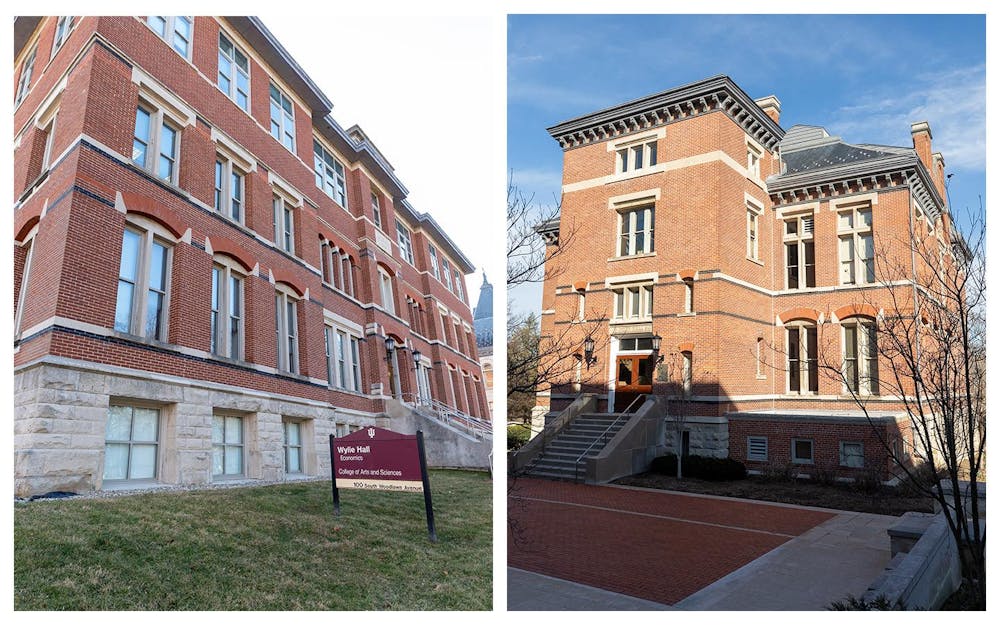Walking through IU’s Old Crescent near the Sample Gates, one notices that most of the buildings are made out of Indiana limestone. Buildings such as Franklin Hall, Lindley Hall and the Student Building, for example, each share a distinctive pale coloring. However, two stand out: Wylie and Own Halls, both of which are made out of red brick. One would be forgiven if they wondered just why this is the case.
Well, the story is quite simple on the surface — these two buildings, both constructed in 1884, are the oldest two buildings on IU’s campus. It’s easy to presume, then, that they were simply built before a uniquely Indiana aesthetic was decided upon. And, in a way, this is true — what is left out, however, is that these two buildings are specifically the oldest on what we can call the current IU campus.
In 1820, the Indiana General Assembly, only four years after the state was admitted to the union, enacted the establishment of a “state seminary,” a generic term that refers to a school that trains students to be priests or ministers. Construction began with the Seminary Building and the President’s House two years later, on a plot of land now known as Seminary Square; today, this site hosts a Kroger, among other stores.
In 1829, Andrew Wylie, who had studied theology and divinity in Pennsylvania, was invited to be the college’s first president. During his time here, he also taught subjects as diverse as philosophy, economics and literature. Along the way, the seminary became Indiana College and, in 1838, Indiana University.
Wylie died in 1851, which meant he never saw the destruction of the first campus in a fire and the subsequent rebuilding in the Dunn’s Woods area of Bloomington. It’s fitting that one of the two buildings first constructed on this campus was named after him, and it’s also fitting that it today holds the Department of Economics. Interestingly enough, however, it originally held the chemistry library and featured a spire and tower — however, in an event eerily reminiscent of the original campus, the tower burnt down and instead a third-story was constructed.
Owen Hall, then, was named after Richard Owen, an early Indiana State Geologist and IU professor; in a twist of fate, Owen would later become the first president of Purdue University, which also houses a brick building named after him. Originally home to the college’s natural science department, today Owen Hall simply houses College of Arts and Sciences administrative offices.
IU has a history that spans years before the land you’ve walked on was ever more than a forest. And these two buildings, Owen Hall and Wylie Hall, showcase so much of it.
This article is part of the Source Visitor’s Guide, an IDS special publication.




